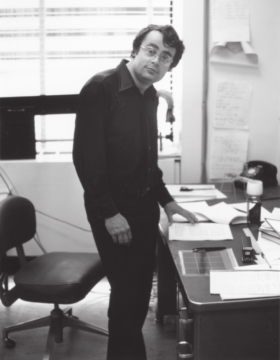by Rafaël Newman
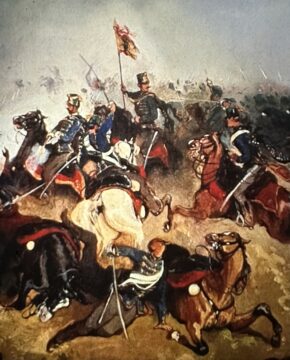 An empire, threatened on its flank, vents spleen
An empire, threatened on its flank, vents spleen
Upon the would-be sovereign state between
Its borders and a surly host beyond—
Which wavers not with weapons to respond;
The fray’s then joined by nations treaty bound
To emperors (one more, one less self-crowned):
And thus the world comes closer to a war
That will destroy both empires, and much more!
Now, do you think I mean our present plane,
Where Russia, versus NATO in Ukraine,
Once freed of its remaining moral shackle,
May trigger yet our terminal debacle?
Mistaken. I recall instead a time
Long past: which does, however, with ours rhyme.
It’s 1859 and Lombardy,
To Habsburg lately sworn in fealty,
Raring Risorgiment-ally to rise
Italian and autonomous, allies
Itself with Piedmont and Cavour, il Conte—
And with Napoleon the Third (less jaunty
Than the First, though uncle and his nephew both
To none but to themselves will pledge their troth).
These grandees fling their gauntlets at the feet
Of Francis Joseph, on whose balance sheet
The loss of Lombardy were scarce redressed
By assets in Galizien, or Budapest;
And who is thus obliged to quit his court
For Solferino, where the kingly sport
Of war awaits him, and his regents rival,
To prove which prince is worthy of survival.
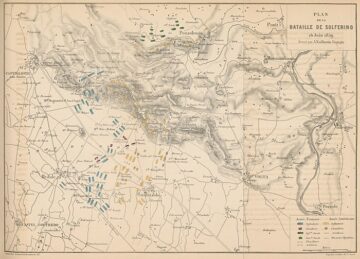
But here’s the place where parallels part ways
And leave us to our later, lesser days.
For though the Kremlin calques the Kaiser and
The Pentagon’s as potent, if no wiser than
L. Bonaparte, while Brussels is the farce
To V.E.R.D.I.’s tragedy: yet try to parse
The rest—the battle proper, where each chief
Championed in person his own proper fief;
The last engagement on this bloody ball
Whose each host heeded its own monarch’s call
To arms; a skirmish where the issue was decided
In combat riskily by mounted royals guided—
And you’ll agree our progress technological
Comes at the cost of glory demagogical.
For where’s the majesty in leading men
By proxy into war, and out again?
What is a Situation Room compared
With Solferino, where Franz Joseph dared
To meet head on Victor Emmanuel
And Bonaparte—although it sound the knell,
If distant, for his coupling Kaisers’ clan
And for their Holy Roman Bantustans?
Where are such doughty captains in our day,
Who blanch not at the fracas and the fray
But swing their booted form upon a steed
And with a battle-cry their soldiers lead?

Or better yet—for valor in a crowd
Nor shines as bright, nor halloos half as loud
As on its own—let’s send our current masters
In single combat off to their disasters:
Let Vladimir Vladimirovich meet
Mark Rutte in a dead and final heat—
The latter, if he likes, with von der Leyen
For balance, and for bank, and local buy-in;
As for the former, should he need a boon
Companion, he can cozen Kim Jong Un.
Let Netanyahu call out Khamenei
(With Assad seconding, by Zoom relay);
Let Trump lead Xi and Trudeau, Musk and Vance
A merry MAGA trade-war Totentanz…
But give them, like Montcalm and Wolfe, the grace
To expunge each other from the human race
(Or Polynices and Eteocles:
Plus we would grant a grave to both of these)…
And leave their peoples, quondam cannon fodder,
To enjoy the mêlée as intact applauders.
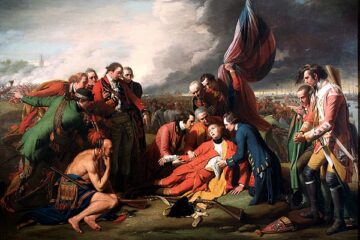
Or simply: to ignore the spectacle,
And sport themselves instead in dialectical
Disputes, in theater and thaumaturgy:
Nor any sort that calls for cross and clergy,
But rather wonders of the worldly kind,
Which calm the body and excite the mind;
Avoid all mongering, of hate or war—
Just maybe fish, to please the carnivore.
Leave them, who’ve borne their admirals’ abuses,
To guidance rather by nine gracious Muses;
Let them be spared the dreadful death-bound draft,
And turn their hand instead to vital craft.
And thus my prayer: deliver us, dear readers,
Out of the hands of all these bloody leaders!
_______________________________
In memory of journalists and media workers killed in Gaza
 “Think you can beat me today?”
“Think you can beat me today?”
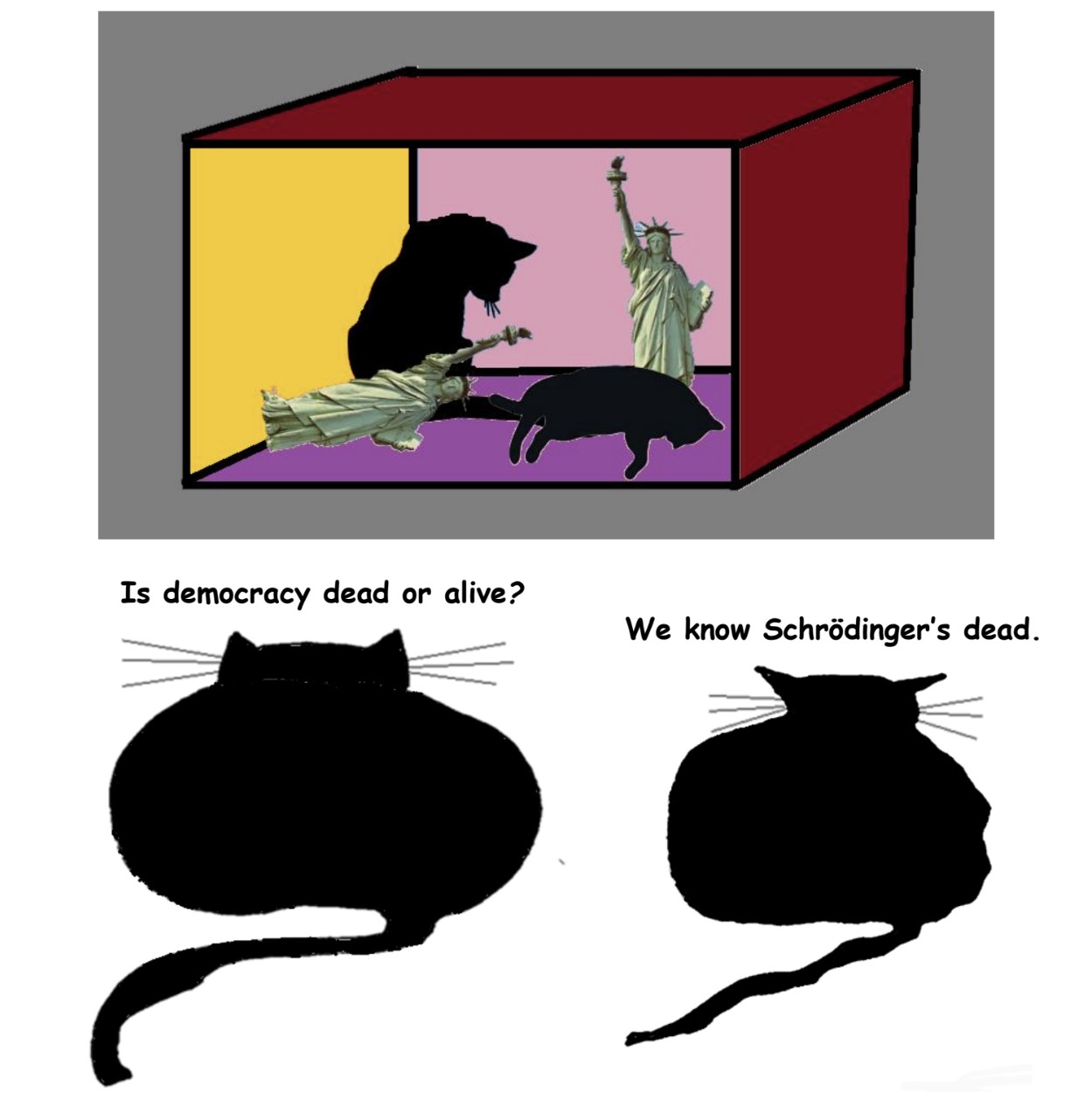


 Sughra Raza. Approaching Washington, November 2024.
Sughra Raza. Approaching Washington, November 2024.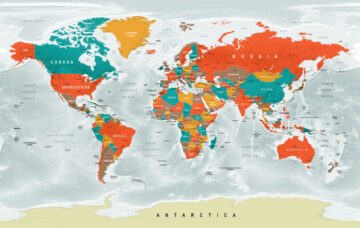


 Oops. During most of 2024, all the talk was of deep learning hitting a wall. There were secret rumors coming out of OpenAI and Anthropic that their
Oops. During most of 2024, all the talk was of deep learning hitting a wall. There were secret rumors coming out of OpenAI and Anthropic that their 

 My great-grandparents were among the 12 million immigrants who passed through Ellis Island and equally a part of the wave of 20 million immigrants who entered the United States between 1880 and 1920. America’s fast-growing economy needed more manpower than its existing population had available, and the poorer classes of Europe were the beneficiaries including four million Italians (largely southern) and two million Jews.
My great-grandparents were among the 12 million immigrants who passed through Ellis Island and equally a part of the wave of 20 million immigrants who entered the United States between 1880 and 1920. America’s fast-growing economy needed more manpower than its existing population had available, and the poorer classes of Europe were the beneficiaries including four million Italians (largely southern) and two million Jews.
 An empire, threatened on its flank, vents spleen
An empire, threatened on its flank, vents spleen


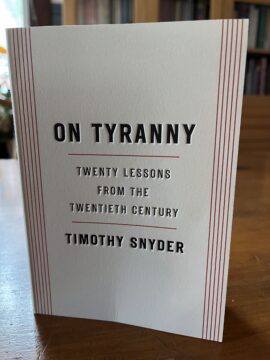
 Some people use religion to get their life together. Good for them. I’m all for it. Although I myself am an atheist, I don’t think it much matters how someone gets their life together so long as they do.
Some people use religion to get their life together. Good for them. I’m all for it. Although I myself am an atheist, I don’t think it much matters how someone gets their life together so long as they do.
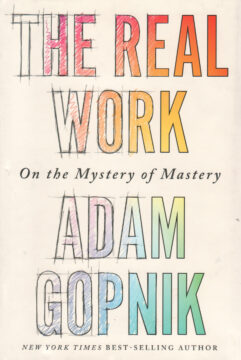
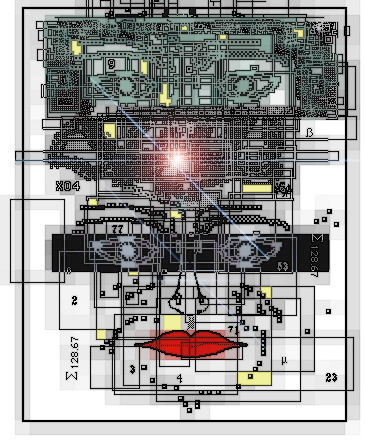 On the one hand, nothing has changed since August 2020, when I wrote
On the one hand, nothing has changed since August 2020, when I wrote 
 Anatomically, it’s the optic disc – the spot on each retina where neurons with news from all the light-sensitive rods and cones of the retina converge into the optic nerves. The optic disc itself,
Anatomically, it’s the optic disc – the spot on each retina where neurons with news from all the light-sensitive rods and cones of the retina converge into the optic nerves. The optic disc itself,